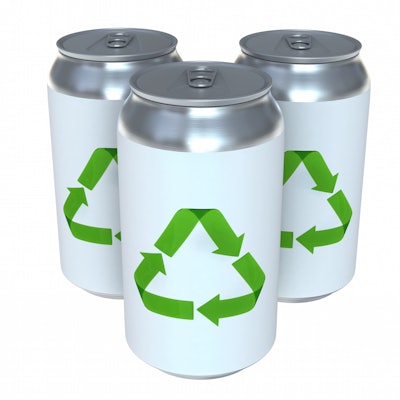
Remember when sustainability was something of an afterthought in packaging?
Not any more. Data from a Smithers Pira forecast steady growth across the packaging industry—pushing a market valued at $839 billion in 2015 to expand 3.5% a year to reach a total value of $997 billion in 2020.
The report, “Ten-year Forecast of Disruptive Technologies in Sustainable Packaging to 2026,” says, “As this happens sustainability will become an increasingly important factor for decision makers at all stages of packaging value chains. Sustainability is now a fast-growing and vitally important area of concern for packaging and addresses economic, environmental and social objectives.”
“The trend toward sustainability is an important influence on the packaging industry. Consumers, manufacturers and retailers are all demanding more sustainable systems, which are formalized in corporate social responsibility goals and publicized in product marketing,” says Dr Terence A. Cooper, author of the report.
“Consequently, sustainability is no longer just nice to have, but is now seen as a necessity for attracting consumers and protecting market share – i.e. it is now an expectation, not a differentiator.”
Smithers Pira’s report makes the following points:
• End-of-life recyclability was often emphasized for packaging sustainability while the beginning of the package life cycle has been relatively ignored. However, mechanical recycling and sustainability are not synonymous and many different factors contribute to the carbon footprints of different packaging types and materials. For example, pouches are more difficult to mechanically recycle than other formats, but provide large savings in materials and energy consumed in both their production and transport.
• The most important rigid packaging plastic is PET, followed by polyethylene (PE); PET and PE combined account for about 65% of plastics used for rigid packaging. Polypropylene is next. In contrast, the most important plastic material used for flexible packaging is PE, followed by PP and PET.
• There has been continuing success in lightweighting packaging, particularly rigid packaging, and in replacing rigid formats with flexible packaging systems, especially with new pouch structures. However, there is presently no package that is completely sustainable and the various packaging materials (including plastics, paper, paperboard, metals and glass) all have advantages and shortcomings depending upon the product application, and trade-offs are necessary to arrive at an optimum compromise position.






















